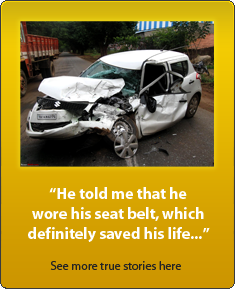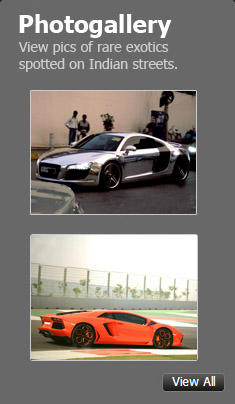News
Why did the engine check light illuminate on my new Bullet 350
Since it was evening, I decided to take the bike to the Royal Enfield service centre the next day. It was a valuable lesson in motorcycle maintenance.
BHPian HillMan recently shared this with other enthusiasts.
Over the weekend, I noticed the engine check light illuminate and remain lit on my 2024 Bullet 350. Witnessing this on a new bike naturally raised concerns, yet the remedy turned out to be surprisingly straightforward.
Here's what occurred
The fuel level dropped, triggering the low fuel indicator. Despite this warning, I continued to ride for a couple of days. Earlier, when attempting to refill the tank after the low fuel indicator activated, the fuel tank neared overflow at around 8 litres, though it's designed for a capacity of 13 litres. Hence, I assumed there was approximately 4 litres left in the tank upon the indicator's activation.
After a few days of operating with low fuel (I missed recording the odometer reading, estimating a low fuel run distance of around 30-35 kms), the engine check light illuminated. Since it was evening, I decided to park the bike in my garage and planned to take it to the Royal Enfield service centre the following day for a quick inspection. However, before doing so, I refilled the tank. Voila! With the low fuel indicator light, the engine check light was now gone.
The likely culprit behind the issue was the fuel pump overheating due to insufficient fuel in the tank to keep it adequately cooled. While I initially suspected the engine check light was related to the pump overheating, I realised this wasn't the case, particularly as I experienced it even during a cold start. It seems more likely that the sensor for low fuel was the trigger. Nevertheless, the problem has been resolved, offering a valuable lesson in bike maintenance.
Here's what BHPian 2wheelsvaga had to say about the matter:
Thanks for sharing this experience. It certainly looks like one has to pay much more attention to fuelling than one used to in the past. The dealers made it a point to explain to me that the tank should never go empty, and also that it should never be completely filled to the very brim.
I wonder what is the best practice to manage it in conditions where one doesn't have access to a petrol pump and the fuel level keeps going down. Pretty common on the route to Ladakh or other mountains even slightly off the beaten (touristy) track.
Also, any recommendations on transporting the motorbike via trains? One of the legal requirements is that the entire fuel tank has to be emptied out. I wonder if that's a good idea given such instructions from the bike manufacturer.
Here's what BHPian HillMan replied:
You can fully empty the tank for transportation. It will not cause any issues. Fuel pump inside the tank is common in cars as well, nothing to worry about it. Pumps don't run continuously, they have automatic cut-off and maintain a range of pressure.
Filling the tank to the brim is also not an issue. I've tried it once and did not have any leak issues as well. I usually fill 5 ltrs at a time for daily use.
These bikes are tested in Leh and people go there regularly. Take it easy. Enjoy the bike. Don't overthink.
Check out BHPian comments for more insights and information.



















